200 artifacts from the subsidy period were displayed for the first time by Hai Duong Provincial Museum, introducing memories of the past to the public.

The exhibition "Remembering the Subsidy Period" to celebrate Vietnam Cultural Heritage Day (November 23) is organized by Hai Duong Museum from November 21, 2023 to February 20, 2024.
Nearly 200 documents, artifacts and images vividly and authentically recreated the people's lives during the subsidy period, when they were hard-working and lacking in every way.

Mr. An Van Mau, 64 years old, in Hai Duong city, describes the scene of "reserving bricks to get a place" at a trading store during the subsidy period.
The subsidy period was the years 1964-1975 in the North and the period 1976-1986 nationwide. At that time, the mental and physical strength of millions of people had to be focused on lining up to buy food, groceries, and essential items. "Placing a brick to get a place" became the symbol of that day.

Rice, peanuts, milk, sugar, enameled iron bowls, aluminum trays..., popular items in trade stores during the subsidy period.
During this period, most economic activities were subsidized by the state in the form of planning. Rice books and coupons were used to allocate necessities, rice, meat, fish sauce, fuel, etc. Each family, depending on their job position, occupation, and age, was given a list of items and quantities they were allowed to buy.

Mr. Dang Van Xuyen (right corner) talks about the peacock blanket similar to the one he received on his wedding day nearly 40 years ago.
According to Mr. Xuyen, during the subsidy period, many families had peacock blankets, the brightly colored kind with motifs of two peacocks cuddling or four dancing peacocks.
Families who own peacock blankets are often considered wealthy. Therefore, these blankets are often given as gifts, especially on wedding days.

The checkered shirt, the standard for a "loveable" man during the subsidy period as described in the poem: "One, if I love you, I have a checkered shirt. Two, if I love you, I have dried fish to eat gradually. Three, if I wash my face with a towel. Four, if I love you, I have two pants to change...".

Living room space during the subsidy period with oak sofa set, cupboard, Japanese black and white TV, cassette player, sewing machine.




Before there were refrigerators and modern kitchen cabinets, every house had a wooden or bamboo cupboard.
Cupboards are usually built in three tiers regardless of size. The bottom tier has no wings to cover pots and pans, the middle tier has sparse wooden slats to place dishes, and the top tier has a mesh screen to prevent flies and mosquitoes from flying into the food stored in the cupboard. On the side of the cupboard, there is always a bamboo basket to hold chopsticks, ladles, and spoons.


![[Photo] General Secretary To Lam visits exhibition of achievements in private economic development](https://vphoto.vietnam.vn/thumb/1200x675/vietnam/resource/IMAGE/2025/5/18/1809dc545f214a86911fe2d2d0fde2e8)



![[Photo] National conference to disseminate and implement Resolution No. 66-NQ/TW and Resolution No. 68-NQ/TW of the Politburo](https://vphoto.vietnam.vn/thumb/1200x675/vietnam/resource/IMAGE/2025/5/18/adf666b9303a4213998b395b05234b6a)
![[Photo] More than 17,000 candidates participate in the 2025 SPT Competency Assessment Test of Hanoi National University of Education](https://vphoto.vietnam.vn/thumb/1200x675/vietnam/resource/IMAGE/2025/5/17/e538d9a1636c407cbb211b314e6303fd)
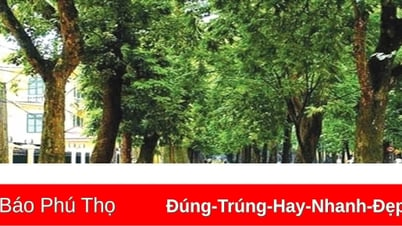



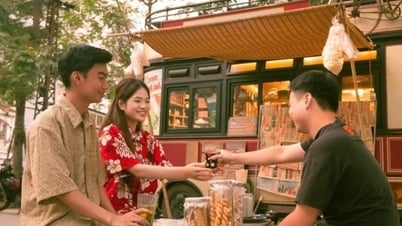




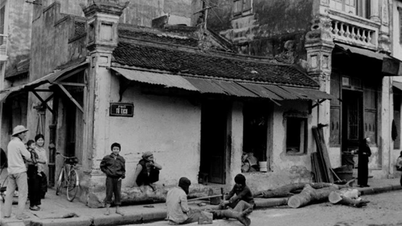



















![[Photo] Prime Minister Pham Minh Chinh chairs meeting on science and technology development](https://vphoto.vietnam.vn/thumb/1200x675/vietnam/resource/IMAGE/2025/5/17/ae80dd74c384439789b12013c738a045)














































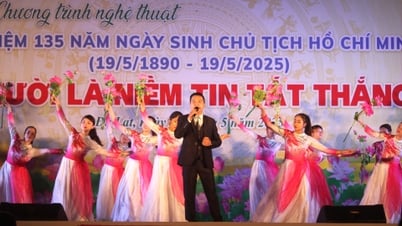

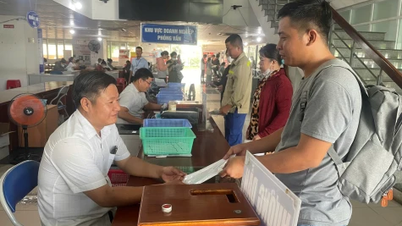

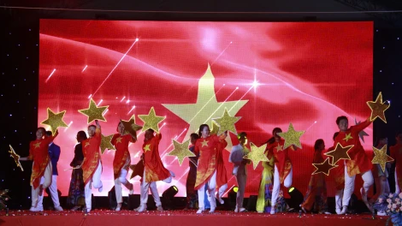
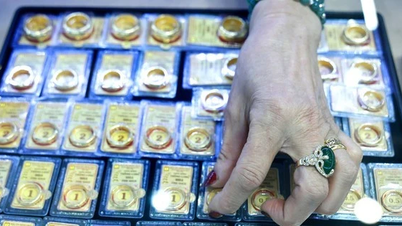












Comment (0)